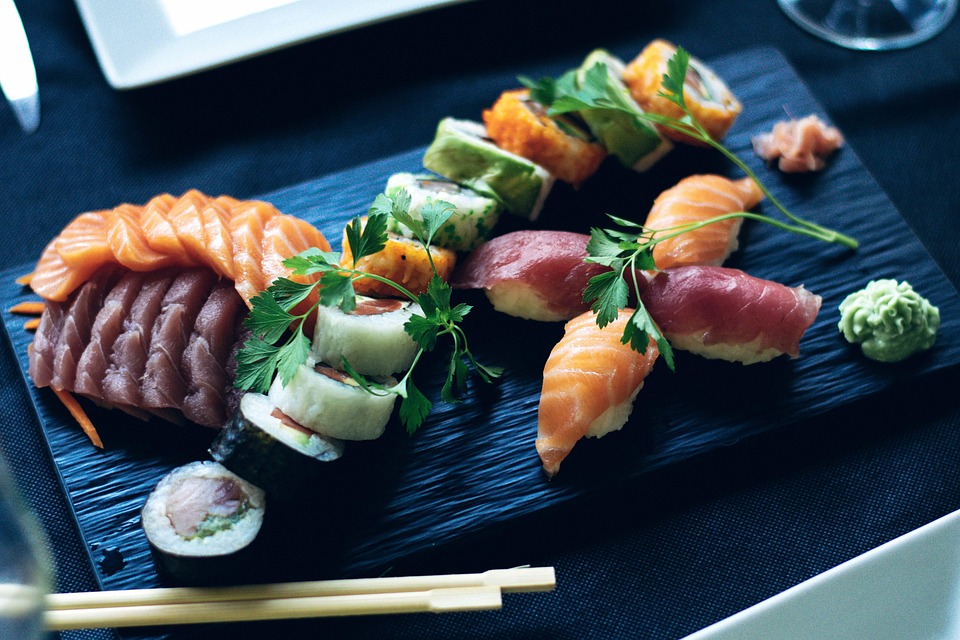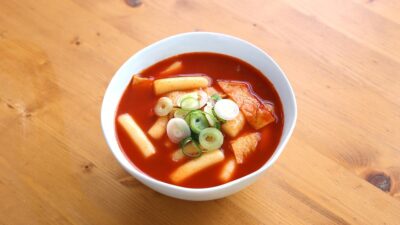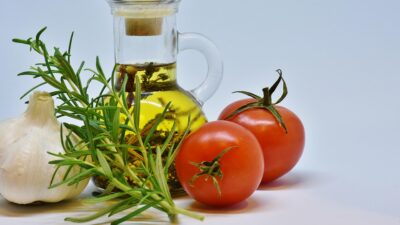Japanese cuisine is a beautiful tapestry woven with the threads of culture, history, and nature. At the heart of this culinary tradition lies a deep appreciation for fresh, seasonal ingredients—a philosophy that has evolved and persisted for centuries. Known as “shun” (旬), this concept emphasizes the importance of consuming foods at their peak freshness, which not only enhances flavor but also aligns with the rhythms of the natural world. This article explores the role of seasonal ingredients in Japanese cooking and its significance to both culinary practice and cultural identity.
The Philosophy of "Shun"
The term "shun" refers to the specific time when an ingredient is at its best in terms of taste, texture, and nutritional value. In Japanese culture, celebrating seasonal foods is more than just a preference; it embodies a profound respect for nature and its cycles. This philosophy informs the way Japanese chefs, home cooks, and even diners approach food, encouraging them to savor the unique offerings of each season.
In spring, for instance, one might experience the delicate flavors of sakura (cherry blossoms) and the vibrant greens of new vegetables, while summer celebrates the freshness of sashimi-grade fish and fruits like watermelon and peaches. Autumn brings earthy mushrooms and chestnuts, while winter showcases hearty root vegetables and rich broths that warm the soul as the weather turns cold.
The Freshness Factor
Fresh ingredients not only elevate the taste of a dish but also contribute to its aesthetic appeal. In Japanese cooking, where presentation is paramount, the vibrant colors of seasonal produce serve to please the eye of the diner. For instance, kabocha (Japanese pumpkin) finds its way onto autumn plates, its deep orange hue contrasting beautifully with the greens of seasonal vegetables.
Moreover, the freshness of ingredients is largely responsible for the complex umami flavor that characterizes many Japanese dishes. Umami, often described as a savory taste, can be enhanced through the use of fresh dashi made from kelp and bonito flakes, or through vibrant vegetables that introduce layers of flavor. As seasons dictate the availability of certain ingredients, this constant evolution keeps the cuisine dynamic and engaging.
Regional Variations
The appreciation of seasonal ingredients is not uniform across Japan; it varies significantly by region, shaped by local climates, agricultural practices, and cultural influences. In Hokkaido, for example, seafood such as crabs and sea urchin are celebrated during their respective seasons, while the mountainous regions of Nagano boast exquisite mushrooms and fresh mountain vegetables.
In Kyushu, one can find a rich variety of citrus fruits, while the southern islands such as Okinawa are known for their tropical vegetables, contributing to a distinct culinary style that highlights local produce. Such regional differences are not merely footnotes in the landscape of Japanese cuisine— they illustrate the diversity and richness inherent in the nation’s relationship with its environment.
Culinary Techniques and Seasonal Ingredients
The art of Japanese cooking also plays a crucial role in highlighting seasonal ingredients. Techniques such as grilling, simmering, and pickling are employed to preserve the natural flavors of fresh produce. For instance, shioyaki (salt grilling) is a method that allows the natural taste of fish and seasonal vegetables to shine through, emphasizing freshness without masking it with heavy flavors.
In contrast, tsukemono (pickled vegetables) allows cooks to enjoy the essence of seasonal ingredients year-round. These pickles, made with seasonal vegetables, capture the flavors of their harvest and offer a crisp, refreshing bite that can complement nearly any meal.
Conclusion
The role of fresh, seasonal ingredients in Japanese cooking is a testament to the country’s enduring relationship with nature. By embracing the philosophy of "shun," Japanese cuisine not only offers an exquisite dining experience but also invites diners to partake in the season’s offerings, celebrating life’s ephemeral beauty.
As we enjoy seasonal delights, we are reminded of the importance of sustainability, respect for the environment, and the joy of connecting with the rhythms of the earth. In every bite of sushi in spring, the umami of summer fish, the heartiness of autumn stew, or the comforting warmth of winter root vegetables, we find not just nourishment, but a rich narrative that continues to unfold through the seasons.



